Formula 1 obsessives among you might have noted that 2025 rookie Isack Hadjar is the sport’s first competitor from Algeria – making it only the fourth African country ever represented, after Morocco, South Africa and Rhodesia (now Zimbabwe).
This isn’t strictly true, though – not just because Hadjar holds a French licence but because North Africa was actually quite prominent in grand prix racing before the 1950 foundation of the F1 World Championship.
There have been two leading Algerian racers, and throughout the 1920s, 1930s and 1940s, GPs were held in Morocco, Algeria, Libya, Tunisia and Egypt.
This was because all of those Mediterranean nations were colonies at the time, variously of Spain, France, Italy and Britain.
Indeed, Marcel Lehoux was born to French parents but raised in Algeria (the inverse of Hadjar, incidentally). In 1928, four years after he had won the Casablanca GP, Lehoux added both the Tunis GP and the first Algerian GP to his tally, in the latter mastering a treacherous surface in the rain, would you believe. (All were street layouts; the only proper circuit in the region, just outside Tripoli, wouldn’t be built until 1933.)
Enjoy full access to the complete Autocar archive at the magazineshop.com
Autocar attended the Algerian GP in 1930, reporting: “The grandstand was extremely picturesque because it was occupied in part by a wild and woolly collection of fighting native chiefs from the desert, and they, being fully armed, were treated with the utmost respect, to the detriment of any pit work.
"It is extremely rare that spectators travel to and from the grandstands on camels, as in this case.”
My modern mind was suspicious of the veracity of that ‘fully armed’ comment, but check out the rifle-filled photo reproduced below!
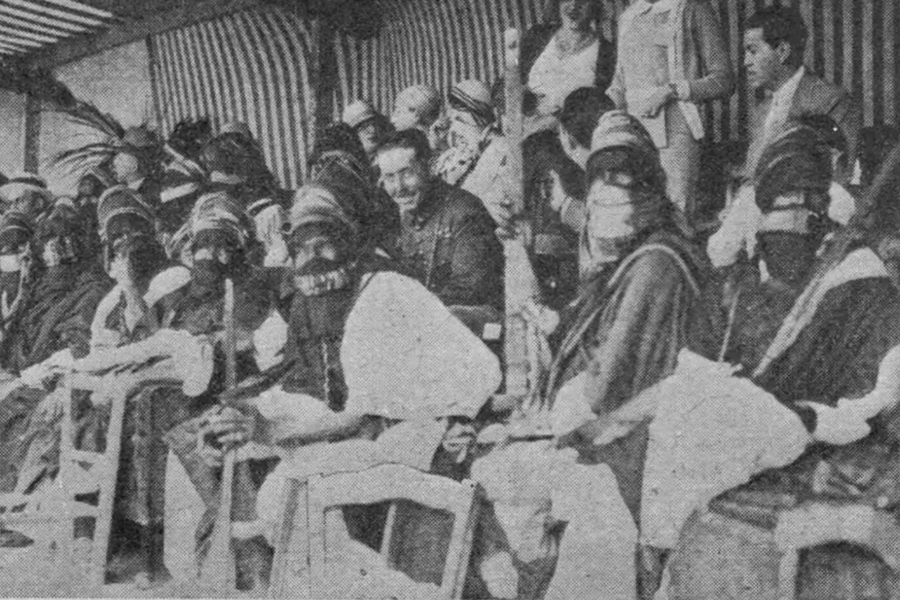

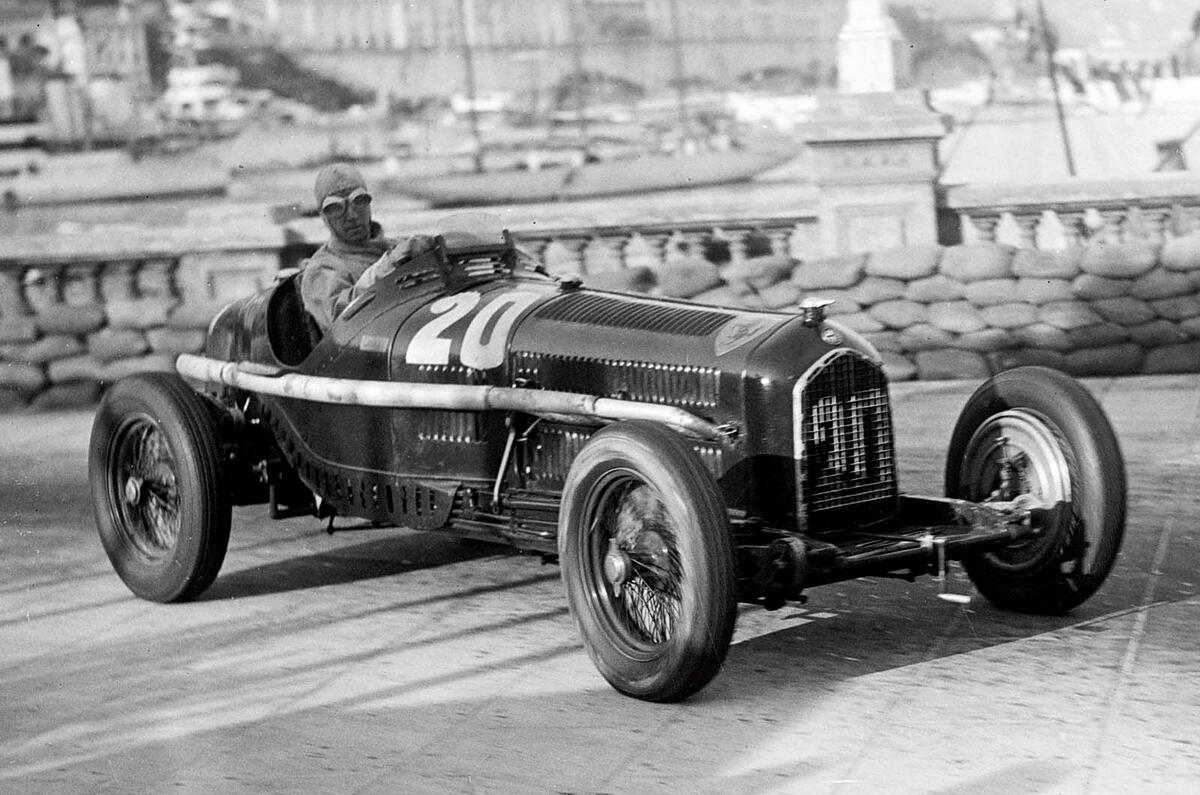
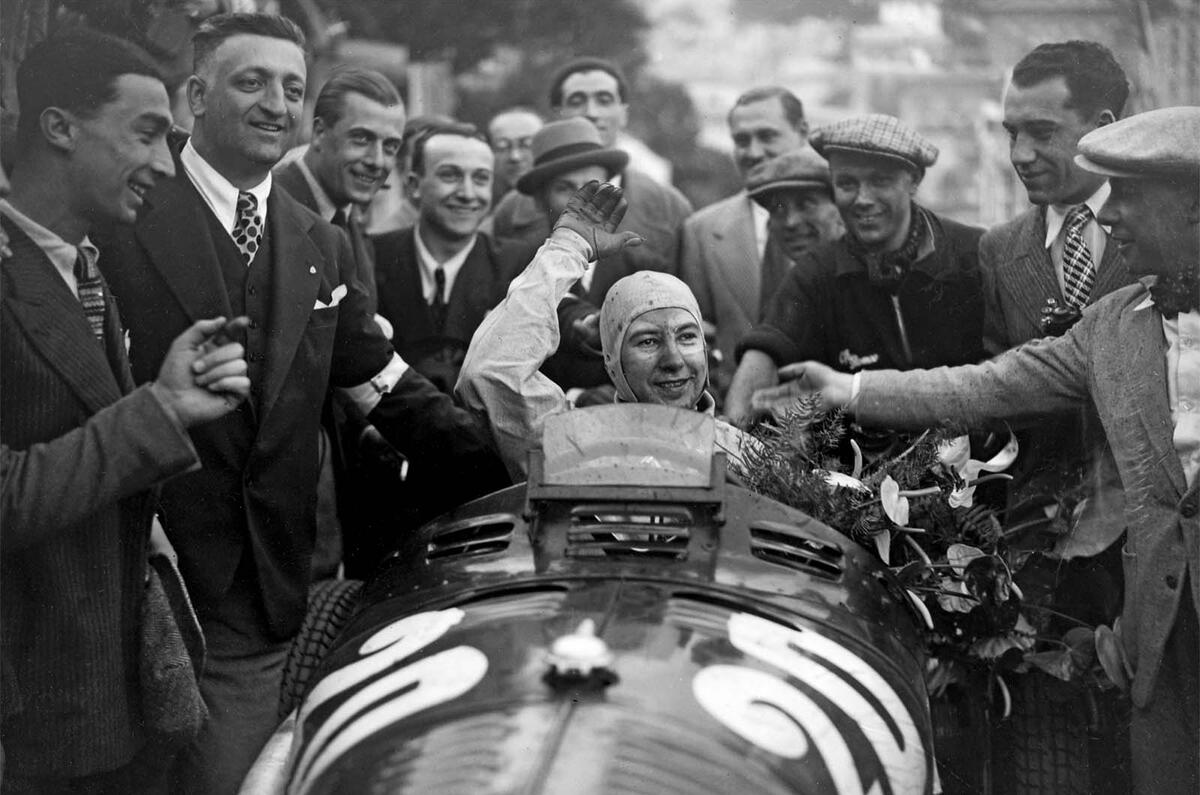


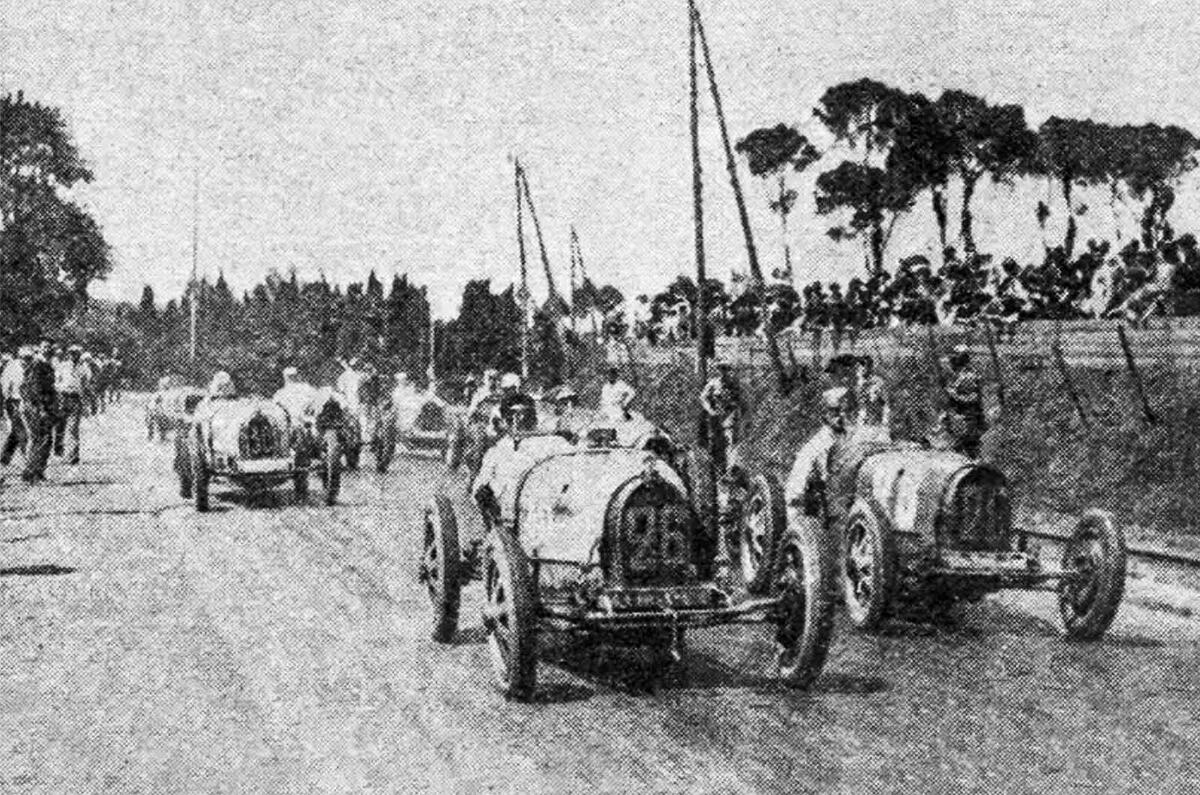
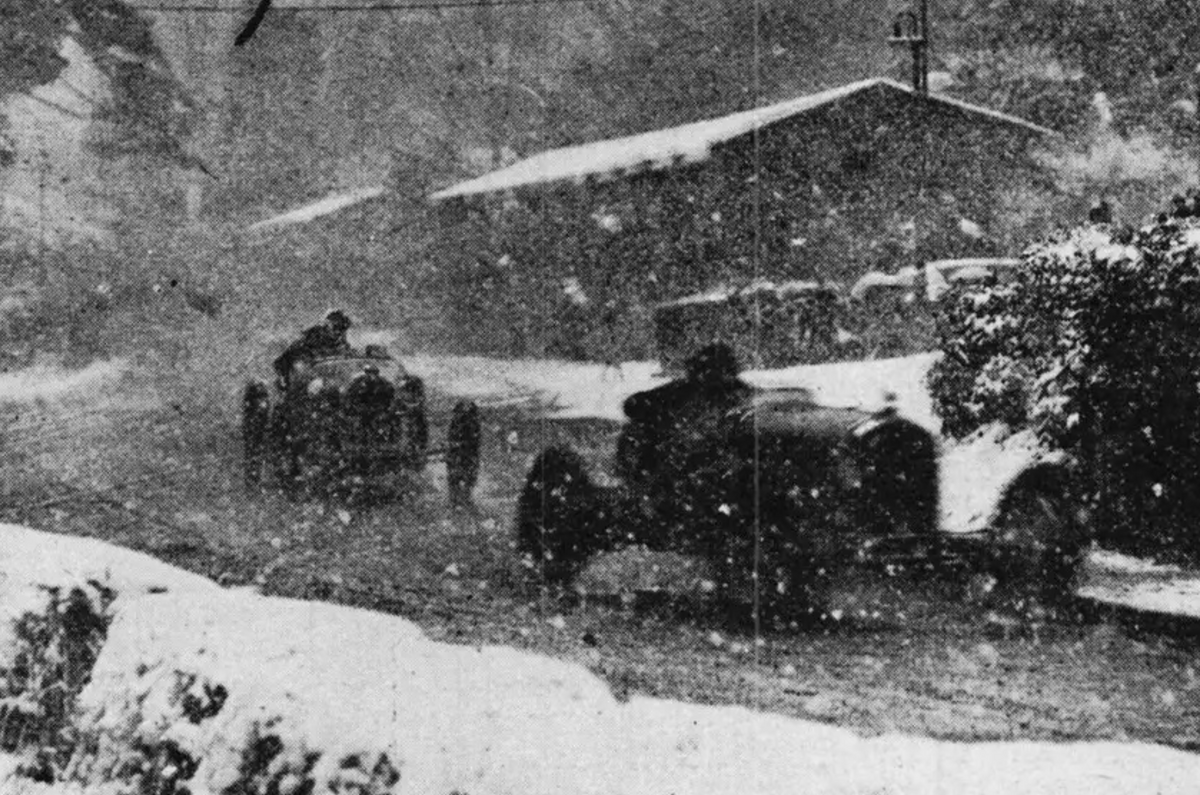
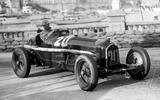






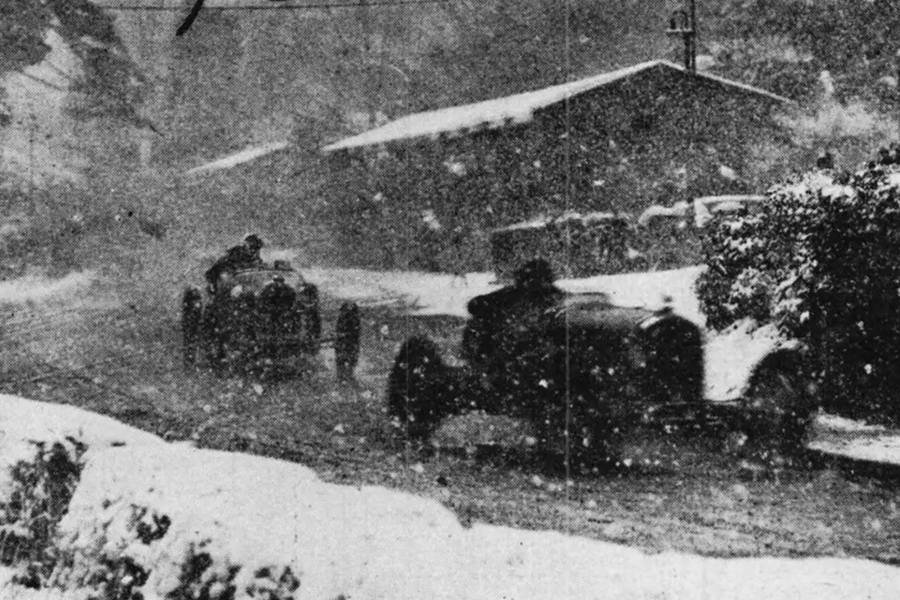


Add your comment